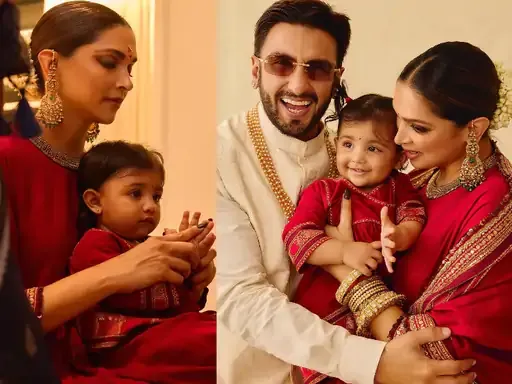Is it appropriate for one candidate to contest elections on two seats? Know what is the plan of Election Commission

In the scenario of Indian politics since independence, it has been a common practice for political leaders to contest elections from more than one seat. It is often motivated by the ambition to secure a position in Parliament or Assembly and increase political influence. Section 33 of the Representation of the People Act, 1951, allows candidates to contest elections from a maximum of two seats, reflecting the changing dynamics of democracy in the country. However, this practice has sparked debate regarding its fairness. Critics argue that in a system where each person is entitled to only one vote, allowing candidates to contest from more than one seat raises questions of equality and representation.
Is it appropriate to contest elections on two seats?
To further their political interests, leaders often contest elections from two seats simultaneously. If they win both seats, they usually resign one seat as per their convenience, which is a legal requirement. However, this practice comes at a cost to taxpayers and may have a negative impact on vacant seat constituents. This is considered a form of manipulation of the electoral system, where elected representatives prioritize their political agenda over the interests of the voters.
Election Commission proposed punishment
Recognizing these issues, the Election Commission has proposed penalties for candidates contesting and winning from two seats. The suggested fine is Rs 5 lakh for Assembly seats and Rs 10 lakh for Lok Sabha seats. The rationale behind this proposal is to make candidates accountable for the financial burden incurred by holding by-elections due to their decision to contest from multiple seats. The Election Commission aims to discourage this practice and ensure that elected representatives give priority to the interests of their voters rather than their own political gains.
Permission to contest elections on two seats
Before 1996, there was no fixed limit on the maximum number of seats a candidate could contest. However, the rule stipulated that a public representative could represent only one seat at a time. In 1996, a change was made by amending the Representation of the People Act 1951, allowing candidates to contest a maximum of two seats. This amendment marked a significant change in the electoral rules aimed at accommodating the emerging dynamics of Indian democracy.
Election Commission’s proposal
In 2004, the Election Commission attempted to implement the rule of one person contesting from one seat. Additionally, the Commission proposed that if the current system of candidates contesting from more than one seat is to be maintained, those candidates should also bear the costs of any by-elections resulting from their resignation. This proposal led to a petition being filed in the Supreme Court, which ultimately rejected it.
Recommendations for improvement have been made earlier also
It is noteworthy that in the last few years, various committees have been making recommendations for electoral reforms. The Dinesh Goswami Committee report in 1990 and the Law Commission’s 170th report on electoral reforms, presented in 1999, both advocated allowing only one person to contest elections from a constituency.







